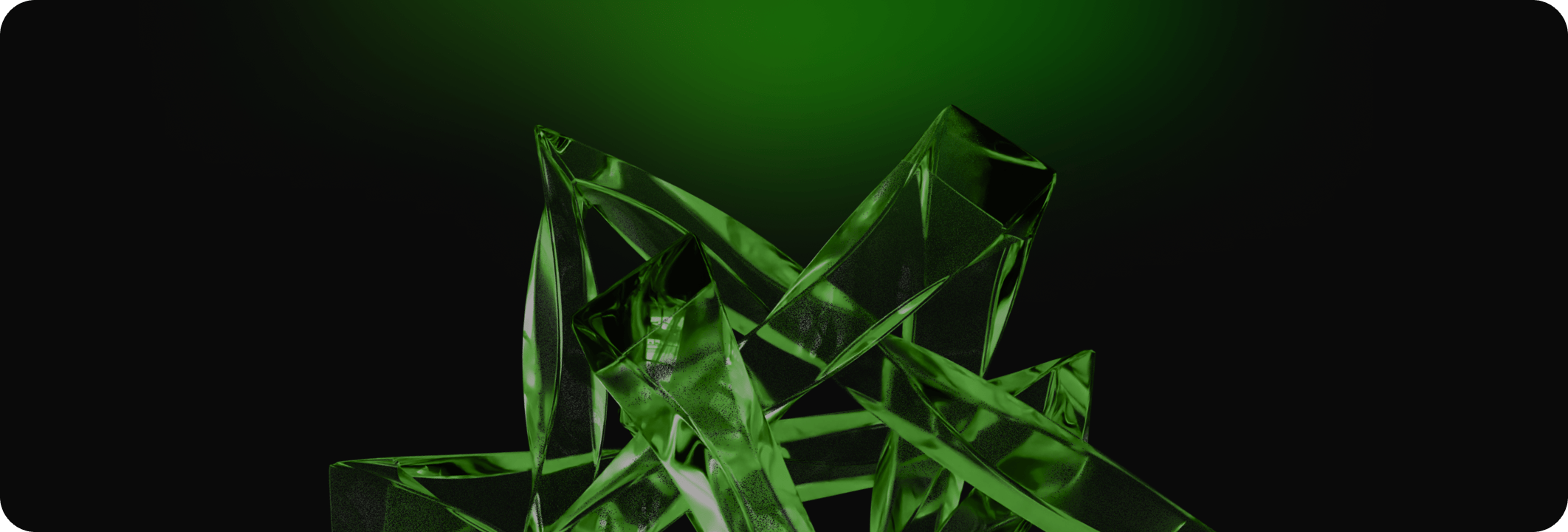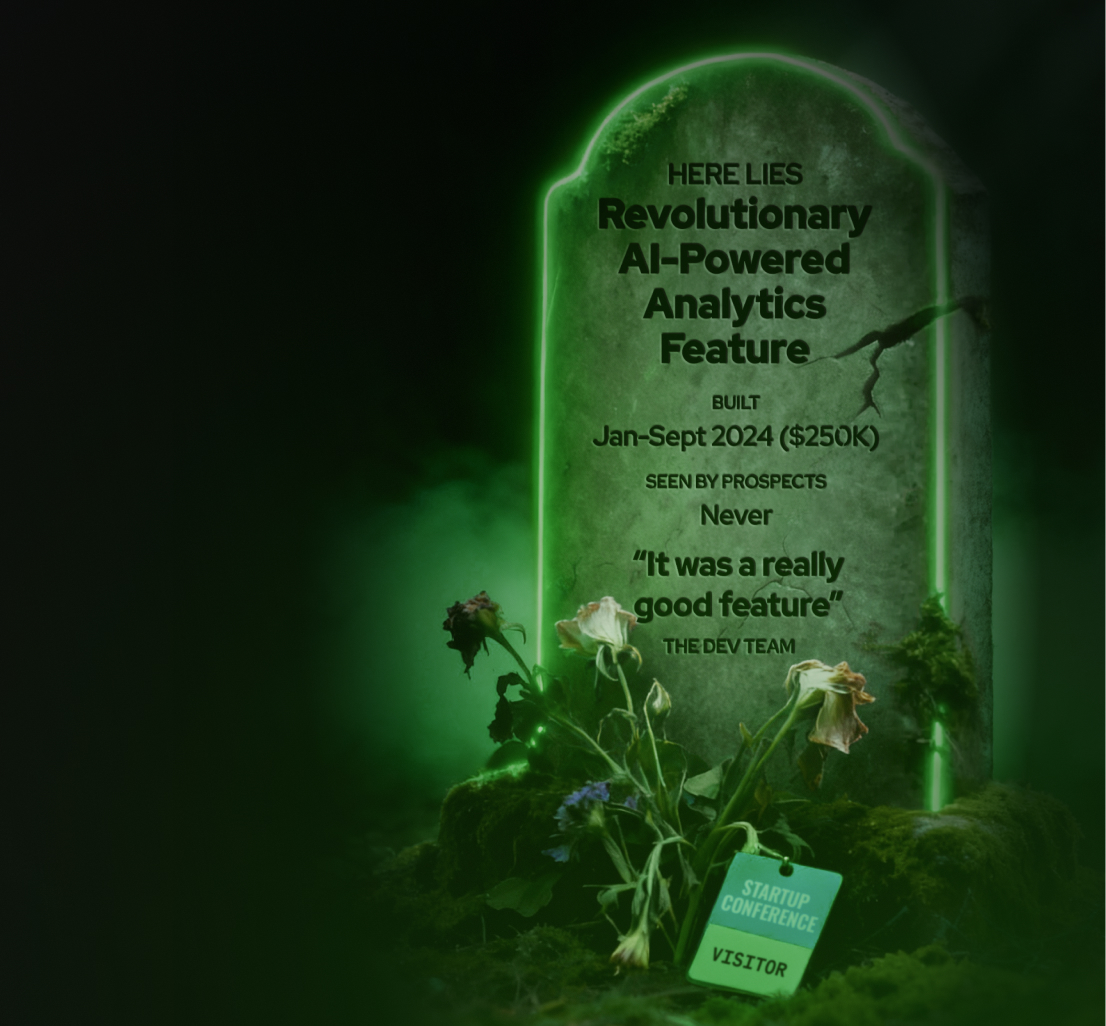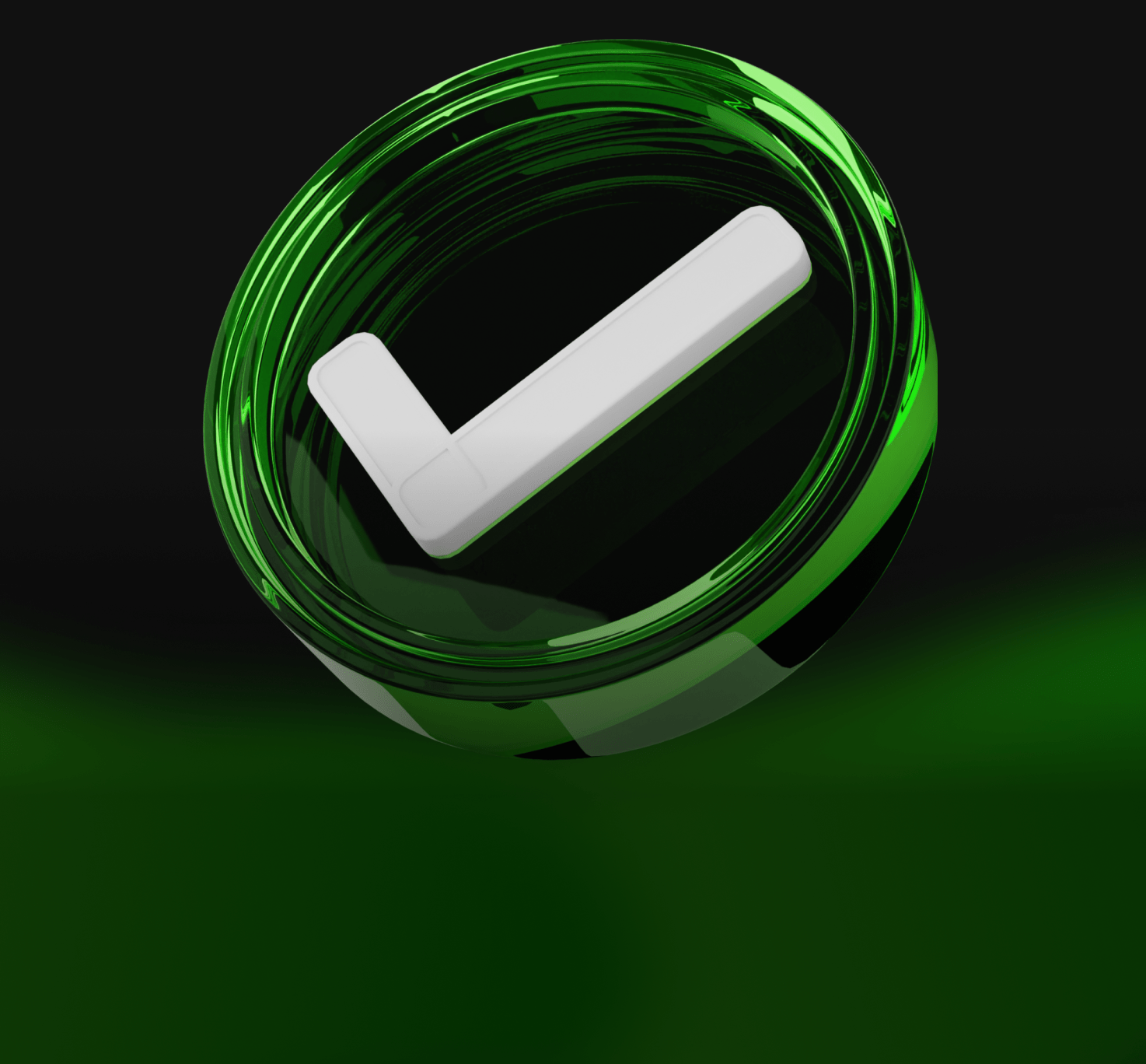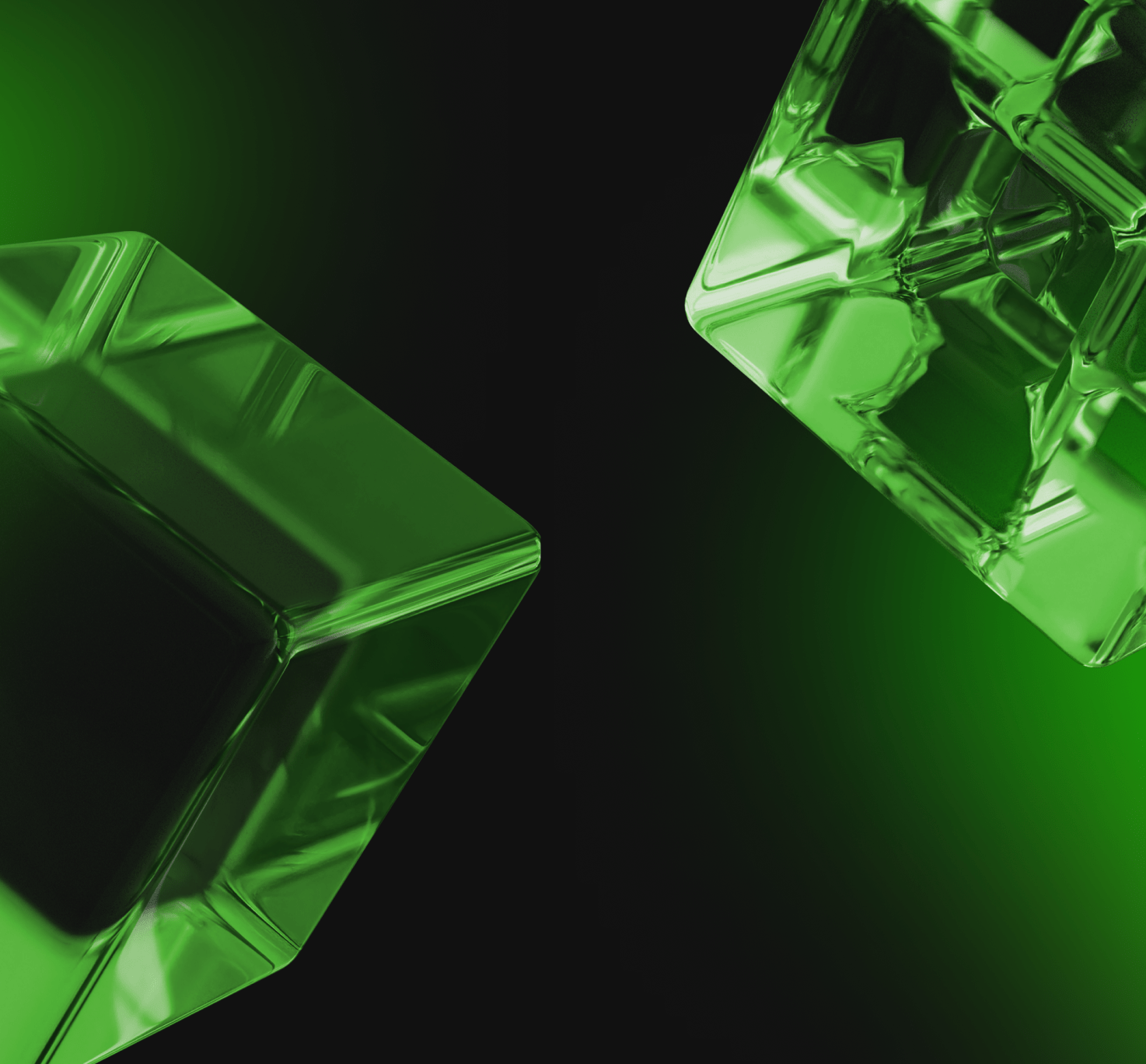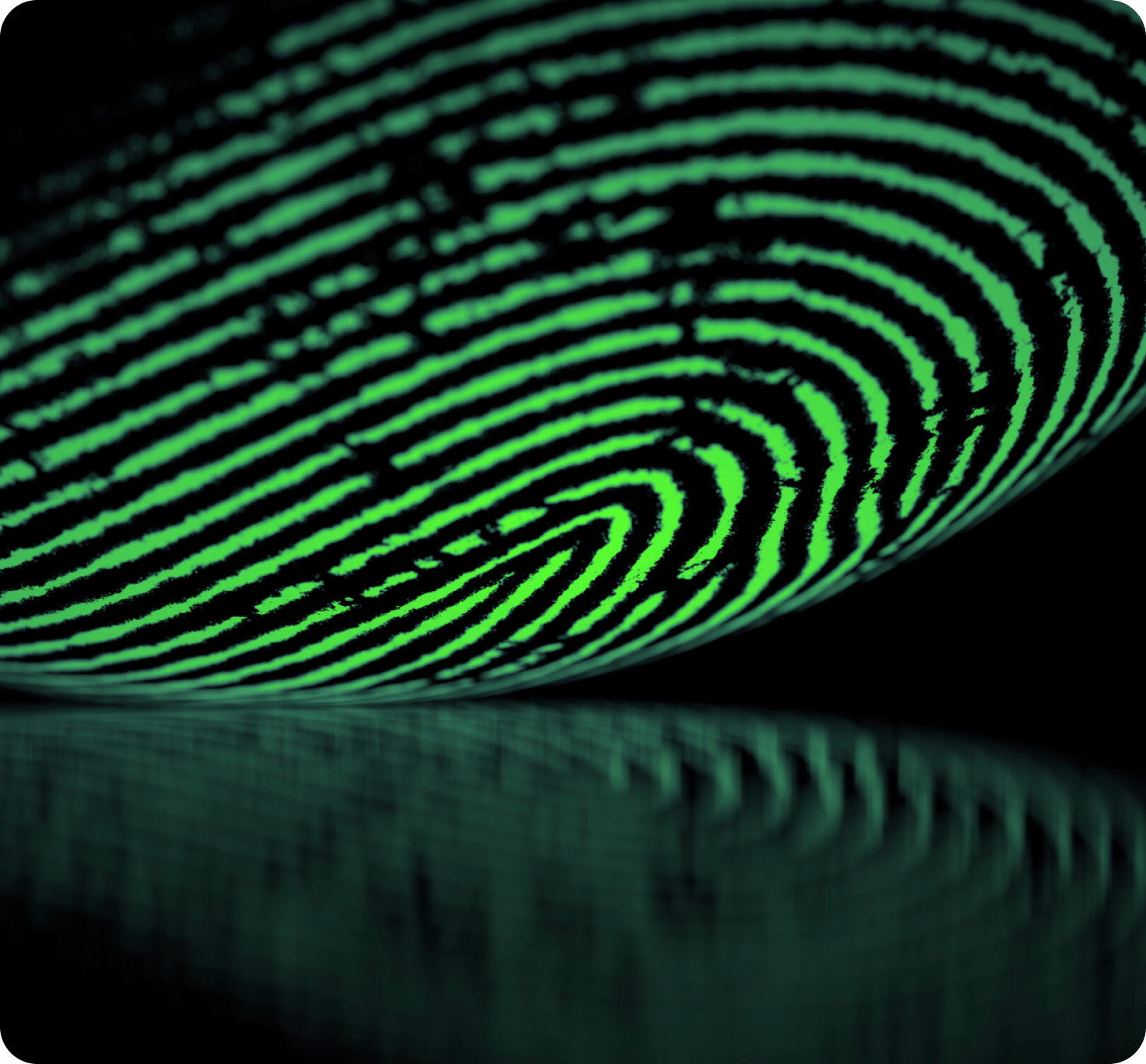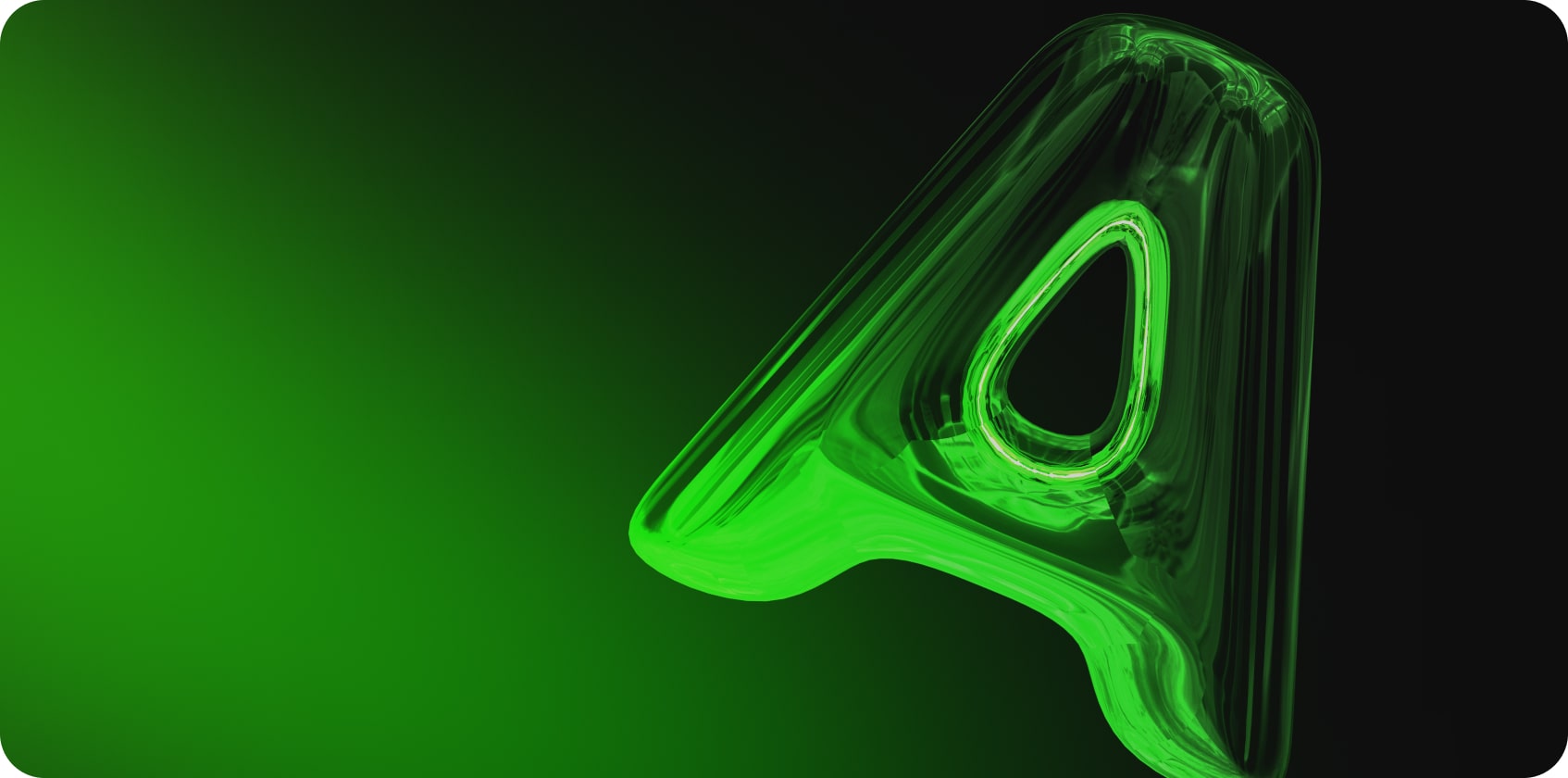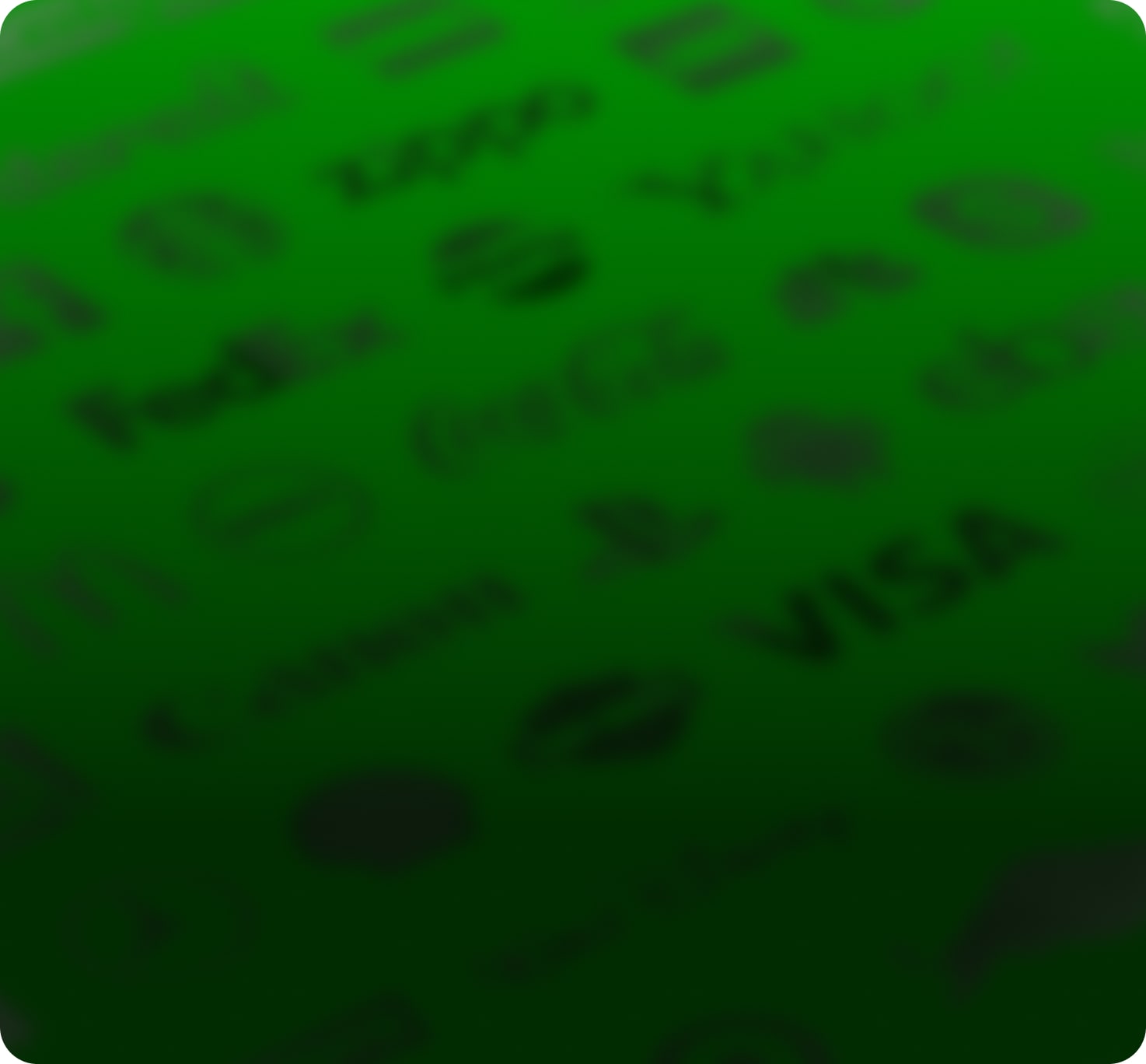Contents:
Contents:
How to Boost Your Brand Strategy with the Right Logo Type?
Choosing the right logo isn’t just about beauty or personal aesthetic preferences. It’s a strategic decision that can significantly impact your brand’s success.
The history of logo design can take us back to the ancient times of the Egyptians symbols or to the more recent cow branding practices in the wild wild west. And the variety? It’s simply endless.
To make things a bit easier we can divide the logos into types. How many types? Well the jury is still out on that one.
So I’ve decided to cover the 6 main ones that should give you a good basic understanding.
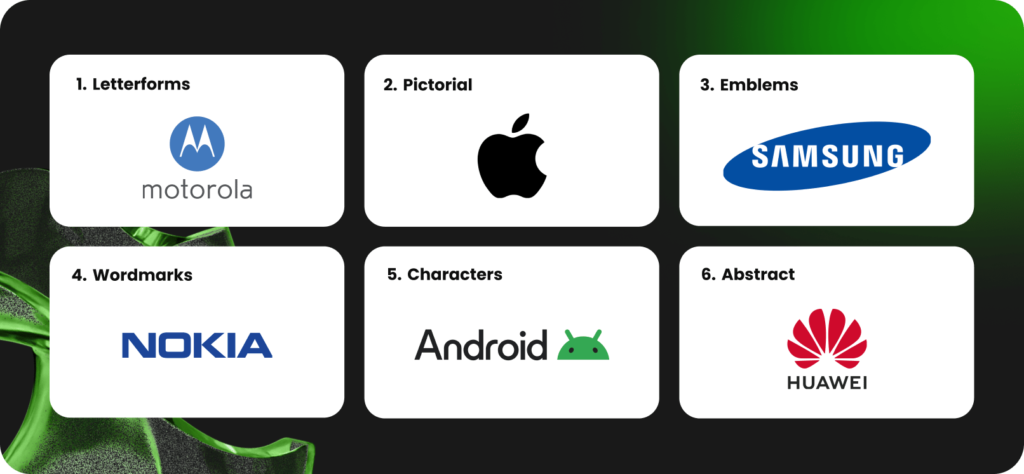
1. Letterforms
A logo that uses a single letter, usually the initial of the brand name.
Make your letterform logo recognizable and distinct with unique typography and bold, memorable colors. Think of logos like McDonald’s “M” or Netflix’s “N”. This type is great for creating a strong visual impact with minimal design.
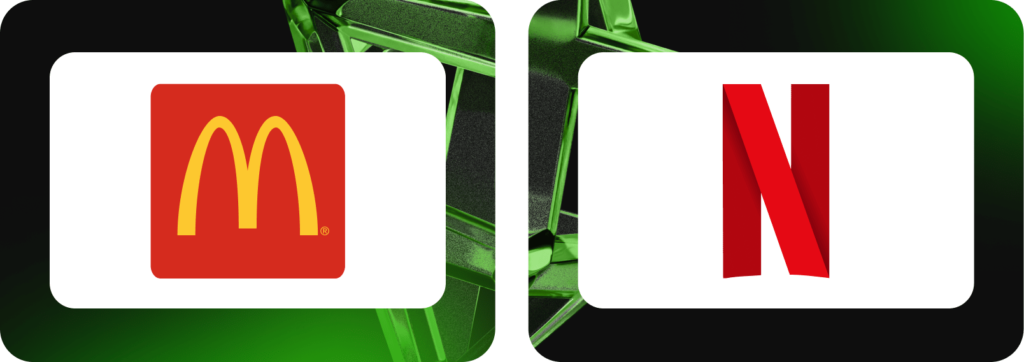
2. Pictorial
A logo that uses a recognizable image or icon to represent the brand.
Choose an image that directly relates to your brand’s name or creates a strong visual association. Ensure the design is simple yet impactful, making it easy to recognize at a glance. Examples include Target’s… well – target and Shell’s shell. Pictorial logos are perfect for global recognition since images transcend language barriers.
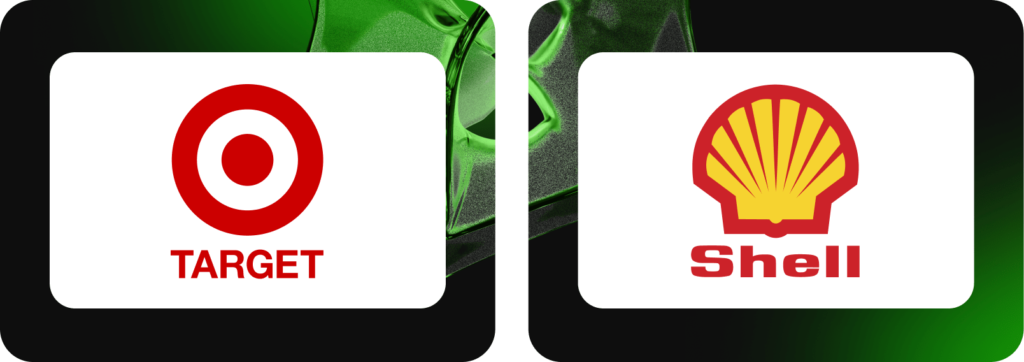
3. Emblem
A logo where text is encased within a symbol or icon.
Design an emblem that tells a story and remains recognizable even when scaled down. Integrate the text and symbol cohesively. Examples are Warner Brothers and Ford. Emblem logos convey authority and tradition, making them ideal for brands with a rich history.
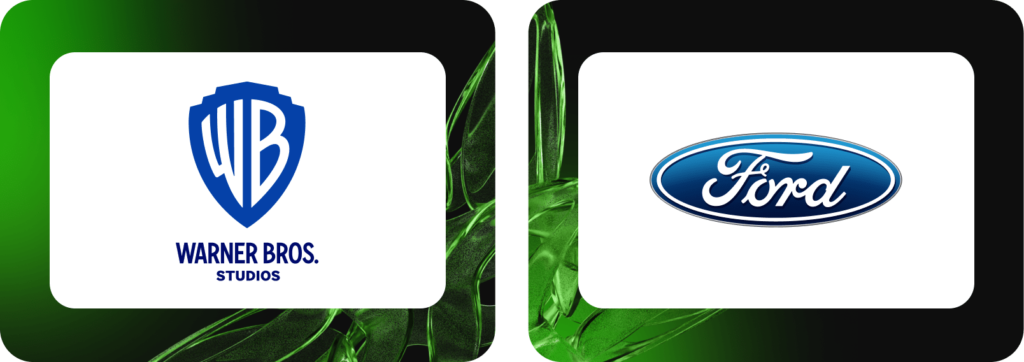
4. Wordmark
A logo consisting solely of the brand’s name in a unique font.
Make the text unique and memorable with distinctive font choices and custom typography. Incorporate brand colors and subtle design elements to make the wordmark stand out. Examples include Google and Coca-Cola. Wordmark logos are excellent for brands with unique names that want to build strong name recognition.
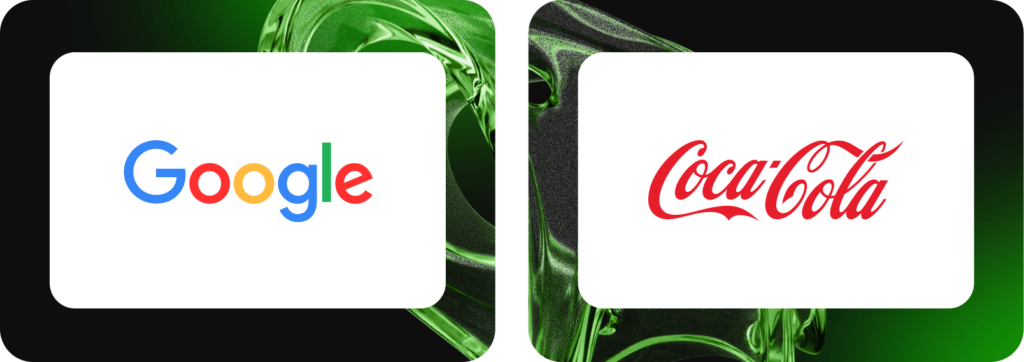
5. Character
A logo featuring a character or mascot that represents the brand.
Create a memorable and likable mascot that embodies your brand’s personality and appeals to your target audience. Ensure it is relatable and visually engaging. Examples are Wendy’s and the Michelin Man. Character logos are great for brands that want to create a friendly and approachable image.
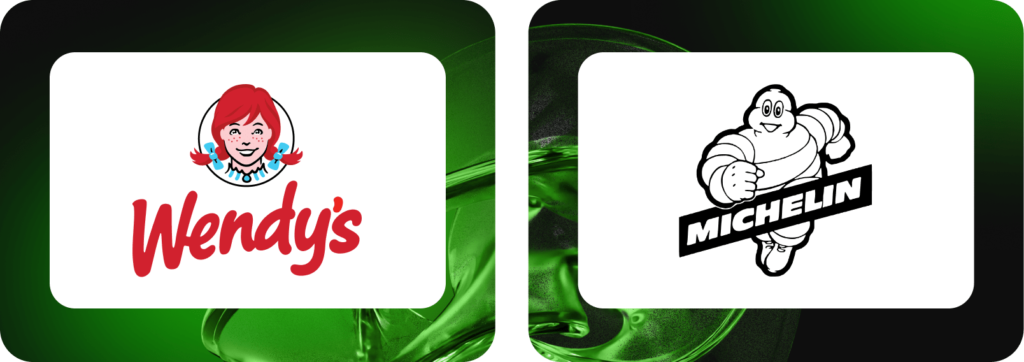
6. Abstract
A logo using abstract shapes or forms to convey the brand’s identity.
Focus on simple geometric shapes that are visually striking and unique. The abstract design should evoke the right emotions and align with your brand’s message. Examples include Adidas and Slack. Abstract logos offer flexibility and can be easily adapted as your brand evolves.
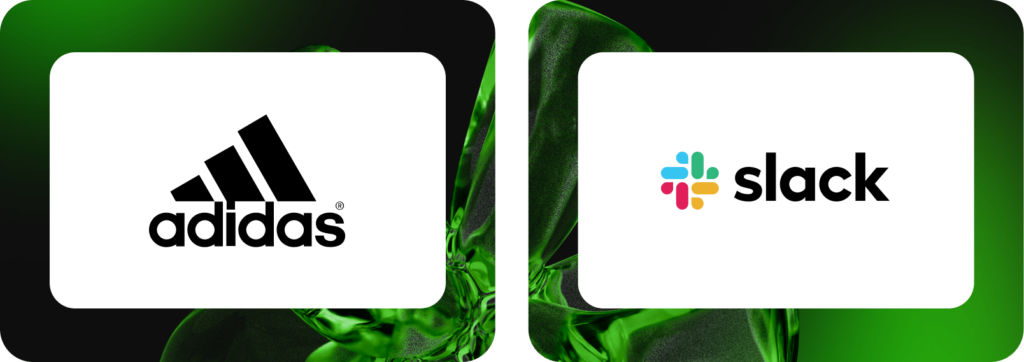
Selecting the right type of logo can truly position your brand for success.
Each type offers unique advantages, so consider what best represents your brand’s essence and strategic goals.


